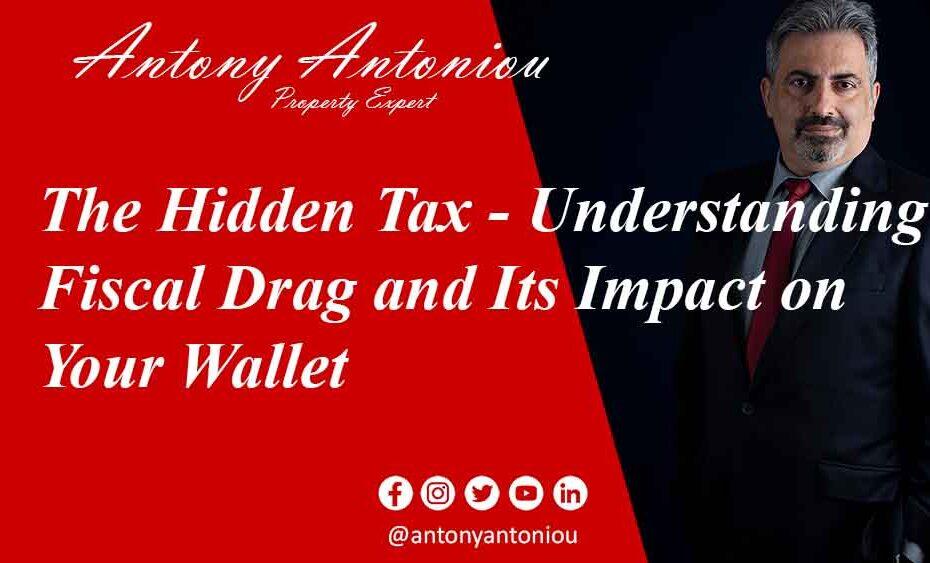The Hidden Tax – Understanding Fiscal Drag and Its Impact on Your Wallet
**Introduction**
Taxes are a topic that often elicit groans and frustration. We all know that paying taxes is a necessary part of contributing to society, but there’s one aspect of taxation that often goes unnoticed and can have a significant impact on our wallets: fiscal drag. In this blog post, we’ll delve into the concept of fiscal drag, what it means for you, and how it affects your tax bill without the rates actually changing. Let’s explore this hidden tax and its implications on our finances.
**What is Fiscal Drag?**
Fiscal drag may sound like a complex economic term, but it’s actually quite simple to understand. Imagine there’s a tax threshold, the point at which you start paying income tax. Let’s say that threshold is set at £12,570. As your income increases over time due to inflation and wage growth, you might expect to pay more taxes, but the tax threshold remains frozen. This phenomenon leads to more people being pushed into higher tax brackets, subjecting them to higher tax rates even though the official tax rates haven’t changed. This subtle increase in taxation is what we call fiscal drag.
**The Impact on Taxpayers**
To put it into perspective, let’s consider an example. Under Rishi Sunak’s tenure as Chancellor, the tax thresholds were frozen until 2026, and Jeremy Hunt added another two years, extending it until 2028. As a result of inflation and wage growth, someone earning £20,000 a year will end up paying an additional £870 in taxes without the tax rates increasing. This illustrates the point that fiscal drag affects people across different income levels, not just the wealthy. In fact, approximately 5.6 million people, nearly 20% of the workforce, will be pushed into higher tax brackets due to fiscal drag.
**The Stealth Tax**
Fiscal drag is often referred to as a “stealth tax” because it quietly eats into people’s earnings without garnering the same attention as overt tax rate hikes. Many individuals, including middle-income earners like teachers, nurses, and police officers, find themselves paying higher tax rates without being classified as wealthy. The top rate of tax, originally designed for high earners, has inadvertently ensnared ordinary workers, leaving them with a higher tax bill without any changes to the official tax rates.
**The Complexity of Taxation**
Fiscal drag is a prime example of how the complexity of the tax system can lead to misunderstandings and frustrations for taxpayers. It’s a challenge for even seasoned economists and professional broadcasters to explain, which raises concerns about the transparency of government decisions. Politicians often take advantage of the complexity to implement tax changes in ways that may not be easily understood by the general public.
**Conclusion**
Fiscal drag is a hidden tax that impacts millions of taxpayers across the income spectrum. While it may not make headlines like explicit tax rate increases, its effects are felt in the wallets of hardworking individuals. As responsible citizens, it’s essential to stay informed about the intricacies of the tax system and hold our elected officials accountable for their decisions. Understanding fiscal drag empowers us to make informed choices and advocate for a transparent and fair tax system that truly reflects the needs and aspirations of the people.

